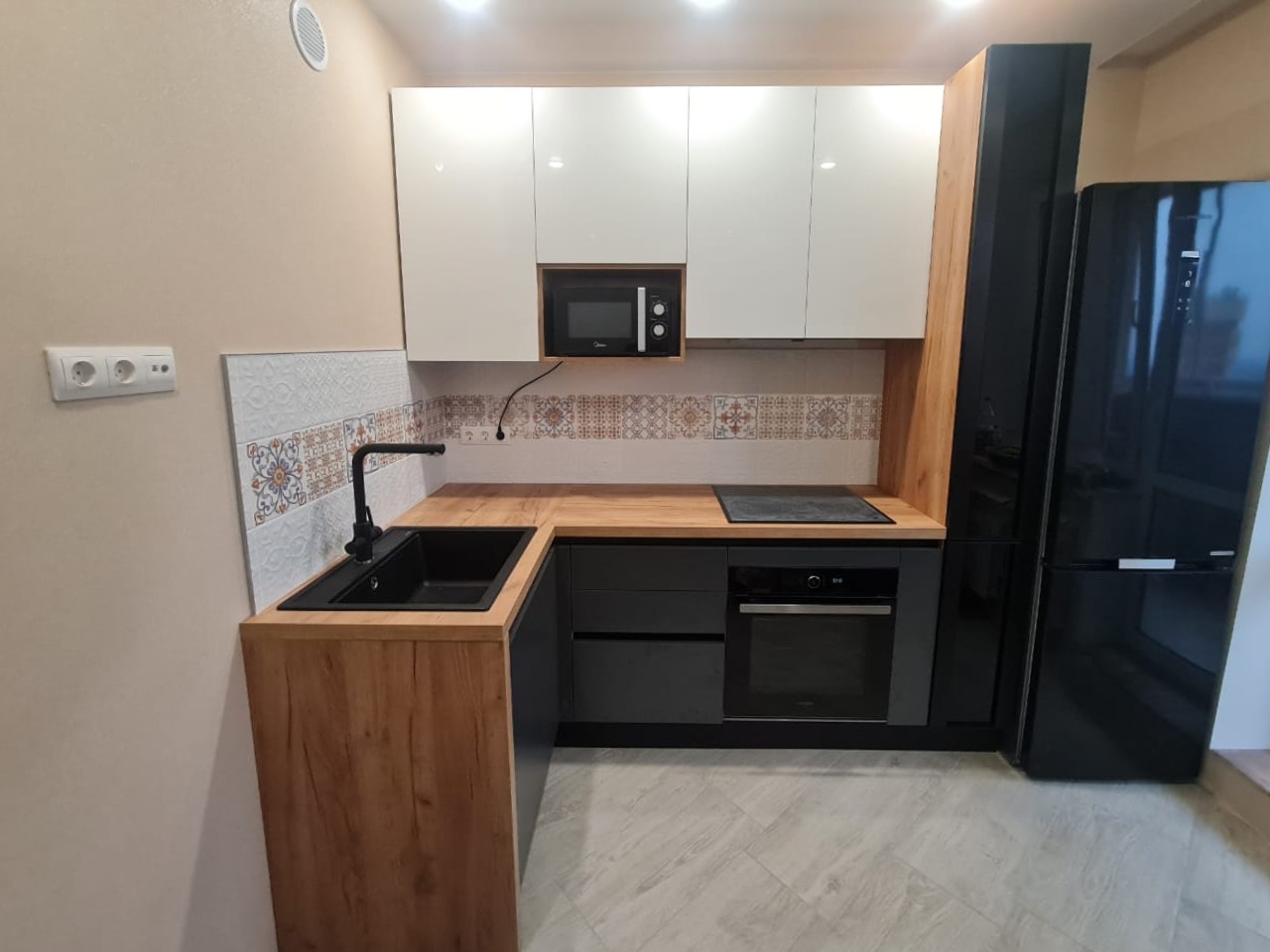
Revitalizing the Heart of the Home: The Evolution of Culinary Spaces
The kitchen, once a mere functional space reserved for meal preparation, has undergone a significant transformation. No longer tucked away behind closed doors, modern culinary spaces have been reimagined exquisitely, becoming the epicenter of family life and entertainment. This evolution has changed the way we think about design, utility, and the culinary experiences within our homes.
Blurring the Lines: Integrating Living and Culinary Environments
Innovative design trends have led to the blurring of lines between the kitchen and living areas, fostering an open and inclusive environment. By removing walls and barriers, these reimagined spaces encourage interaction and socialization. This seamless integration has given rise to multi-functional islands and peninsulas that serve as cooking areas, dining tables, and workstations, all in one.
Aesthetic Meets Functionality: The Rise of Smart Kitchens
The fusion of technology and design has given birth to the smart kitchen concept, where aesthetics coexist with state-of-the-art appliances. Voice-controlled gadgets, intuitive storage solutions, and energy-efficient systems are now seamlessly incorporated into the design to enhance both efficiency and visual appeal. High-tech features not only add a level of convenience and luxury but also cater to the ever-growing need for sustainable living.
Cultural Influences: Bringing Diverse Flavors into Design
Culinary spaces today reflect the rich tapestry of global cultures, with diverse design elements that pay homage to international cuisines and cooking styles. From Italian-inspired open shelving to Japanese minimalist aesthetics, homeowners are embracing their heritage or culinary passions through design choices that make their kitchens unique and personalized.
Material Mastery: Selecting Surfaces That Tell a Story
The choice of materials in modern culinary spaces contributes significantly to their redefined character. Distinctive countertops, such as quartz or recycled glass, and bespoke cabinetry finishes can add warmth, depth, and story to the kitchen. Innovative use of metals, woods, and composites allows for an endless array of textures and colors that transform the space into a culinary canvas.
Lighting the Way: Illuminating Culinary Experiences
Lighting is no longer purely functional in the kitchen; it is an integral part of the design narrative. A combination of ambient, task, and accent lighting not only illuminates the space effectively but also highlights architectural features and creates an inviting atmosphere. Well-placed pendant lights and under-cabinet LEDs can elevate the visual drama and mood of the space.
The Social Kitchen: Culinary Spaces as Gathering Hubs
As culinary spaces continue to evolve, they take on a new role as the social hub of the home. They are spaces for gathering, celebration, and the creation of memories. Design elements that promote social interaction, such as communal seating arrangements and open-plan layouts, emphasize the kitchen's role as a space for connection and community.
Conclusion: Crafting Culinary Masterpieces in Reimagined Spaces
The reimagined culinary space is a testament to our changing lifestyles and the importance of adaptability in design. By blending aesthetics, functionality, and social aspects, these spaces now offer more than just a place to cook—they provide a canvas for culinary artistry, a haven for shared experiences, and a cornerstone of home life. As we continue to redefine the boundaries of kitchen design, one thing remains clear: the heart of the home will always be a place where memories are cooked up and savored, one exquisite dish at a time.